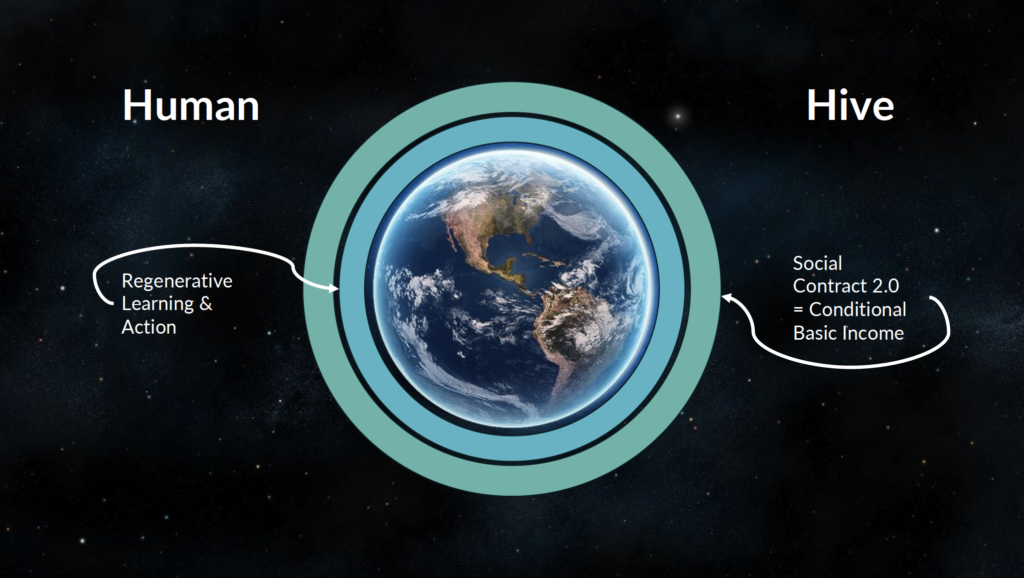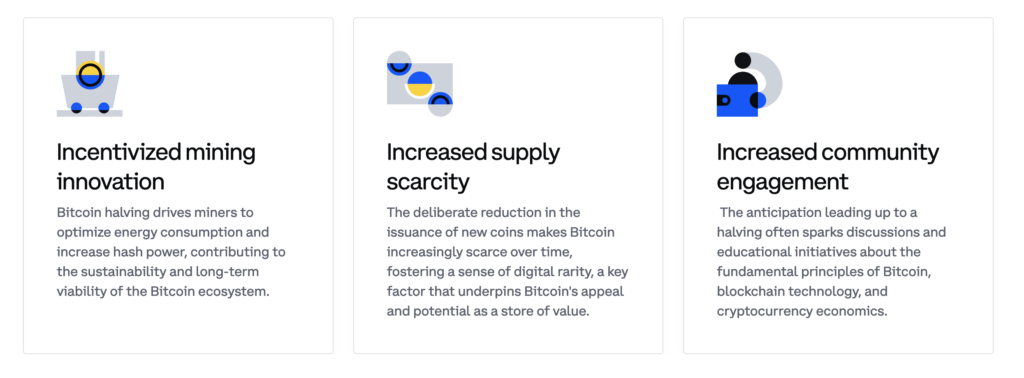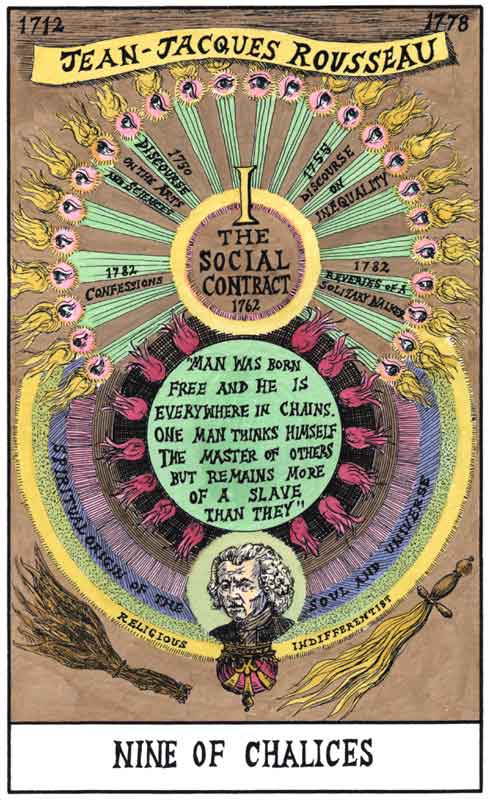
Our white paper considers the establishment of a meritocracy, a form of decentralized government, in which everybody is rewarded for the purposeful contribution to society in the form of learning and / or action – organized within the scientific entities of eco- and bioregions. The background for this idea is based on the research of Emile Durkheim, a French sociologist who coined the term “anomie“, ie the condition of deteriorating social capital.
Interestingly, Durkheim made this insightful analysis of human co-living at the outset of the industrial revolution, which he considered as the start of tremendous social and thus also economic turmoil. The truth of his findings are still reflected in the writings of contemporary social scientists like Francis Fukoyama in “The Great Disrution” who describes in detail how “anomie” takes shape in contemporary societies.
Anomie is in full swing across the Western world. Only totalitarian regimes like Russia and China which are in terms of social development different from Western nation states, are able to maintain the adherence to moral standards by means of fear, control or national aspirations like the China Dream.

Bitcoin has undergone astronomical value increases during the past weeks and something only comparably to the 19th century Californian and Victorian gold rush is taking place. The cryptocurrency’s website explains since a few days, that another “halving” is about to take place, ie a procedure which aims at creating scarcity and community engagement.

The way the rationale of “halving” is explained on the Bitcoin website reflects three larger problems of cryptocurrencies.
1. Incentivized mining innovation drives miners to invest in advanced computing infrastructure, which requires more financial resources and thereby deprives purposeful and sustainable infrastructure investments from the financial resources needed.
2. Increased supply scarcity maintains or even increases the value of a currency, which is already in high demand. Check. Sociological studies on crypto-investors have however shown that they are a young and tech-savvy elite leaving behind the vast majority of humanity. Cryptocurrencies create scarcity like fiat currencies did before: on behalf of a ruling class and at the expense of an excluded class. In the past this excluded class was the non-manufacturing asset owning class, ie the worker. In the age of cryptocurrencies the excluded class are the non-tech savvy, who ironically because of their failing understanding of modern financial technology, remain to be workers. Bitcoin therefore perpetuates social injustice instead of creating a fairer and better world.
3. Halving is designed to increase community engagement. We need to be clear about what kind of community we are talking in this context and whether the term community is actually suitable. Bitcoin holders are a group of people who mostly don’t know each other and are connected only by the fact that they hold a certain currency. They do not contribute to a real community, one that creates social capital, one that cooperates to build a school or a hospital. As a matter of fact, Bitcoin’s essence is the destruction of social capital by making holders independent from the “real” societies in which they live. Bitcoin effectively creates and accelerates “anomie”.
We need to contend that Bitcoin is part of a larger “creative destruction“. Cryptocurrencies destroy the scarcity created by fiat currency economies and the elites ruling them. In so far, they are part of a transformation which needs to take place in order to find a better form of how to share financial capital and increase social capital. In this process, however, meritocracy must prevail over mining innovation. Otherwise, cryptocurrencies will have only exchanged the elite creating scarcity but not improved fairness and equal opportunity for mankind at large.
